Marking Machine Housings
Introduction: Housings for marking machines are specialised containers created to house and safeguard marking machine parts. For these machines to perform consistently and keep users safe, which are used to label or name various materials, housings must be strong, protective, and occasionally specialised.
What is Marking Machine Housings?
Marking Machine Housings, the protective enclosures or casings that house the parts of a marking machine, are referred to as housings. These housings serve as a foundation for the device, maintaining its stability and alignment and shielding the interior components from environmental elements like physical damage, moisture, and dust. These housings may also have safety interlocks, viewing windows, ventilation, and ports for cables or exhaust, depending on the design of the machine.
How it works?
Protection: The housing’s primary purpose is to shield the fragile parts of the marking machine from the elements, extending their lifespan and assuring reliable performance.
Alignment and Stability: The housing acts as a sturdy structure to keep the marking components in the correct positions, which is essential for precise marking.
Safety: Many marking machine housings have interlocks and other safety mechanisms that stop the machine from working if the accommodation is damaged or open. This is particularly important for laser marking equipment because the beam might be dangerous.
Integration: The housing may also have provisions for integrating additional systems, such as cooling systems, fume extraction for laser pointers, or even automation parts for material loading and unloading.
Application: Where is it used for?
Housing for Laser Alignment and Protection:
At the heart of a marking machine’s marking capabilities, the laser system must be protected and housed in the machine’s housing. This is how it goes:
The housing is made to firmly house the laser source and optical parts, ensuring that the laser beam is kept within the confines of the machine. This containment is necessary to avoid unintentional laser beam exposure, which can damage the skin and eyes of people.
Safety:
The housing frequently includes safety interlocks, sensors, and shielding operators from laser exposure. Further reducing the possibility of mishaps, these safety mechanisms ensure the laser can only function when its enclosure is tightly closed.
Cooling and ventilation:
Laser systems produce heat; to dissipate this heat, the housing frequently has cooling components like fans or heat sinks. The performance and lifespan of the laser are maintained and extended by appropriate ventilation and cooling.
Integration of Aesthetics:
The marking machine’s overall attractiveness is enhanced by the housing’s design. It can be tailored to blend in seamlessly with the manufacturing environment or to match the branding of the machine.
Simply, the housing of a marking machine functions as a protective casing, assuring the safe and effective operation of the laser while enhancing the machine’s overall functionality and appearance. This is especially true for laser-based systems.
Conclusion:
In conclusion, marking machine housings is essential to the effectiveness, security, and longevity of keeping machines in various industries. They are a vital part of any marking system due to their protective qualities and versatility in functional integration. It is impossible to exaggerate the importance of these housings in preserving and supporting the marking process as companies continue to place a premium on precision, traceability, and compliance.
Showing all 8 results
-
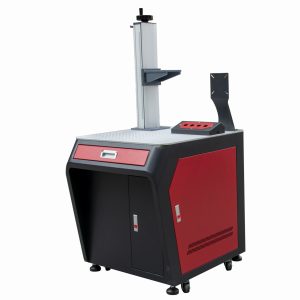
Marking Machine Housings Floor Type – 01N
Model. 01N -
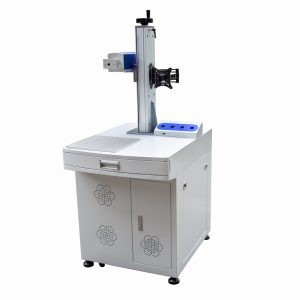
Marking Machine Housings Floor Type – 03B
Model. 03B -
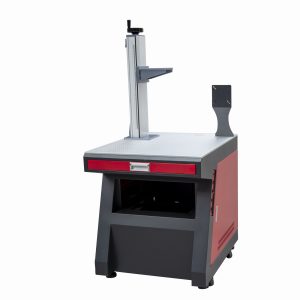
Marking Machine Housings Floor Type – 03N
Model. 03N -
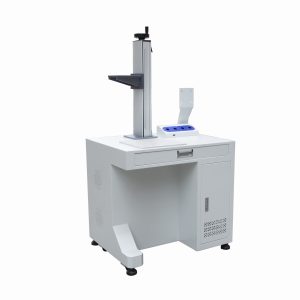
Marking Machine Housings Floor Type – 04A
Model. 04A -
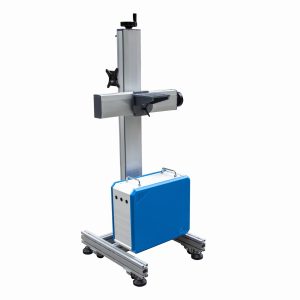
Marking Machine Housings Flying Type
Model. 10A -
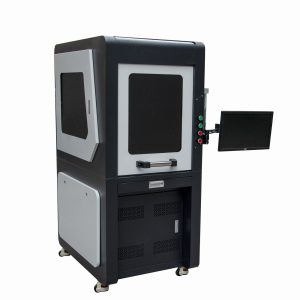
Marking Machine Housings Full Enclosed Type – 06N
Model. 06N -
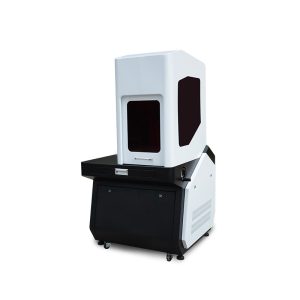
Marking Machine Housings Full Enclosed Type – 08N
Model. 08N -
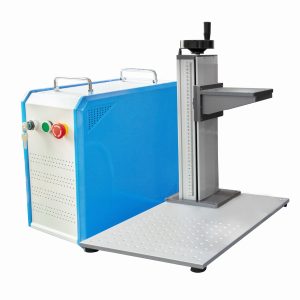
Marking Machine Housings Protable Type
Model. 09A

 HOME
HOME
 GET A QUOTE
GET A QUOTE  QUOTE BASKET
QUOTE BASKET 

